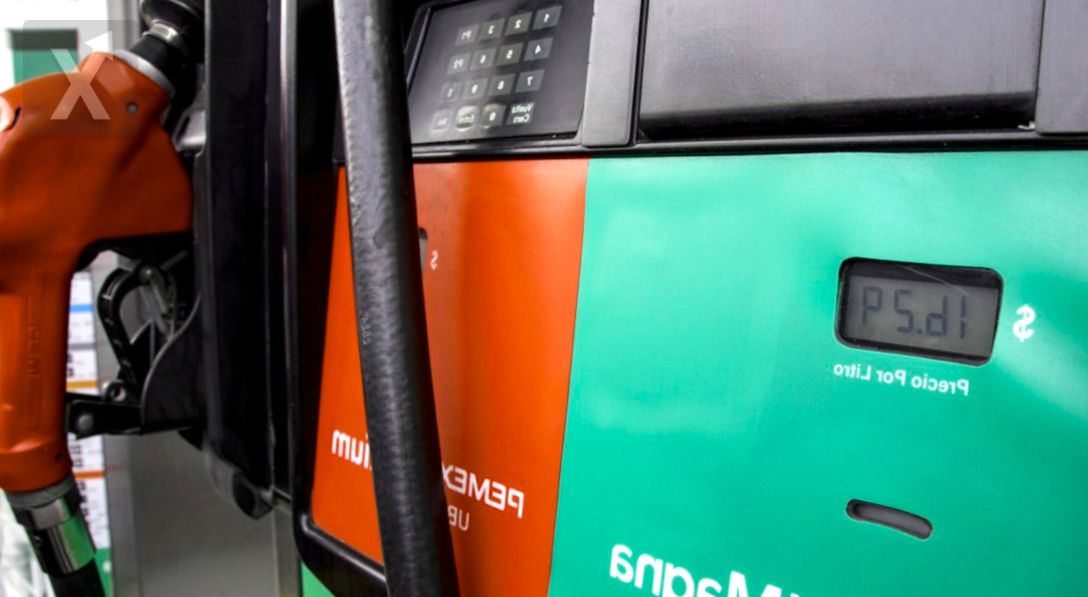Strict Control of Public Spending in January: Infrastructure and Materials Decline

During the first month of the year, austerity measures were implemented in public administration, affecting resources allocated for government materials and supplies, as well as investment in infrastructure, according to data from the Ministry of Finance and Public Credit (SHCP). In January, net public sector spending decreased by 14.4% compared to the same month the previous year, totaling 719.258 billion pesos. This spending was 203.274 billion pesos less than what was planned.
Little was allocated for infrastructure, while spending on debt increased significantly.
This reduction is equivalent to more than three-quarters of what was collected through the Income Tax (ISR) in the same month, three times more than the budget allocated annually to Health, or nearly half of the budget designated for Education. Both programmed and unprogrammed spending saw declines in real terms compared to what was approved by Congress at the end of last year. According to the Ministry of Finance, “in January there was a real annual decrease of 7.7% in operational spending, resulting from initiatives to create a more efficient and austere government structure,” as stated in their report on the Public Finances and Debt Report for January 2025. Within operational spending, funds for materials and supplies aimed at public services like health and education fell by 48.8% in real annual terms last month, the report highlights. On the other hand, investment in infrastructure also showed a decline of 22.4% in real annual terms in January, “with resource allocations aiming for spending efficiency and the completion of key projects,” noted the agency led by Rogelio Ramírez de la O. In January, 57.265 billion pesos were allocated for physical investment, whereas in the same month the previous year, 71.201 billion pesos were assigned to this concept, which includes the development of public infrastructure such as hospitals, schools, and roads. In contrast, spending on public debt interest grew by 41% in real annual terms in January 2025, noting that 103.494 billion pesos were paid for debt service that month, which is approximately double the amount allocated for infrastructure.
It is clear that austerity can bring adverse effects, especially in critical sectors like health and education, where a reduction in resources can compromise the quality of services. Attention to public debt is important, but it should not translate into a lack of interest in infrastructure development, which is vital for the country's sustainable growth. A balance between both is essential for the economic and social well-being of Mexico.






